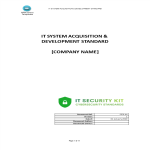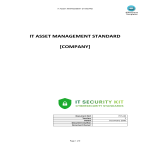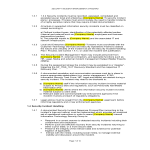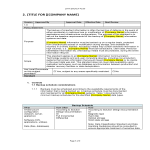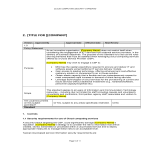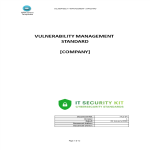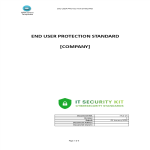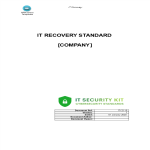TI Cumplimiento normativo plantillas. página 2 | plantillas, contratos y formularios.
IT Compliance, in general, means conforming to a rule, such as a specification, directive, law, policy, or standards. IT Security Standards or similar regulatory compliance describes the goal that organizations aspire to achieve in IT security in their efforts to ensure that they are aware of and take steps to comply with relevant laws, policies, and regulations.
Due to the increasing number of regulations and need for operational transparency, organizations are increasingly adopting the use of consolidated and harmonized sets of compliance controls.[2] This approach is used to ensure that all necessary governance requirements can be met without the unnecessary duplication of effort and activity from resources. Some organizations keep compliance data—all data belonging or pertaining to the enterprise or included in the law, which can be used for the purpose of implementing or validating compliance—in a separate store for meeting reporting requirements. Compliance software is increasingly being implemented to help companies manage their compliance data more efficiently. This store may include calculations, data transfers, and audit trails. On our website you can find several kinds of laws, directives or standards that organizations can comply with, such as: the EU General Data Protection Regulation (GDPR), the California Consumer Privacy Act (CCPA), Cybersecurity standards, ISO 27001, DFARS (Defense Federal Acquisition Regulation Supplement), AVG, DoD, Federal Information Security Management Act (FISMA), Health Insurance Portability and Accountability Act (HIPAA), ISO 22301, ISO 22301:2012 IEC 27001,ISO/IEC 27001:2005, NEN ISO 27001, BS 7799-2, ISO/IEC 27031, ISO/IEC 27032, ISO/IEC 27701, NIST Cybersecurity Framework (CSF), etc.If you didn't start yet, you can find several plans on how to start implementing the necessary measures. We provide tools to help you become compliant.
We provide example Compliance document templates, that are easy to customize to your organization’s specific needs.
